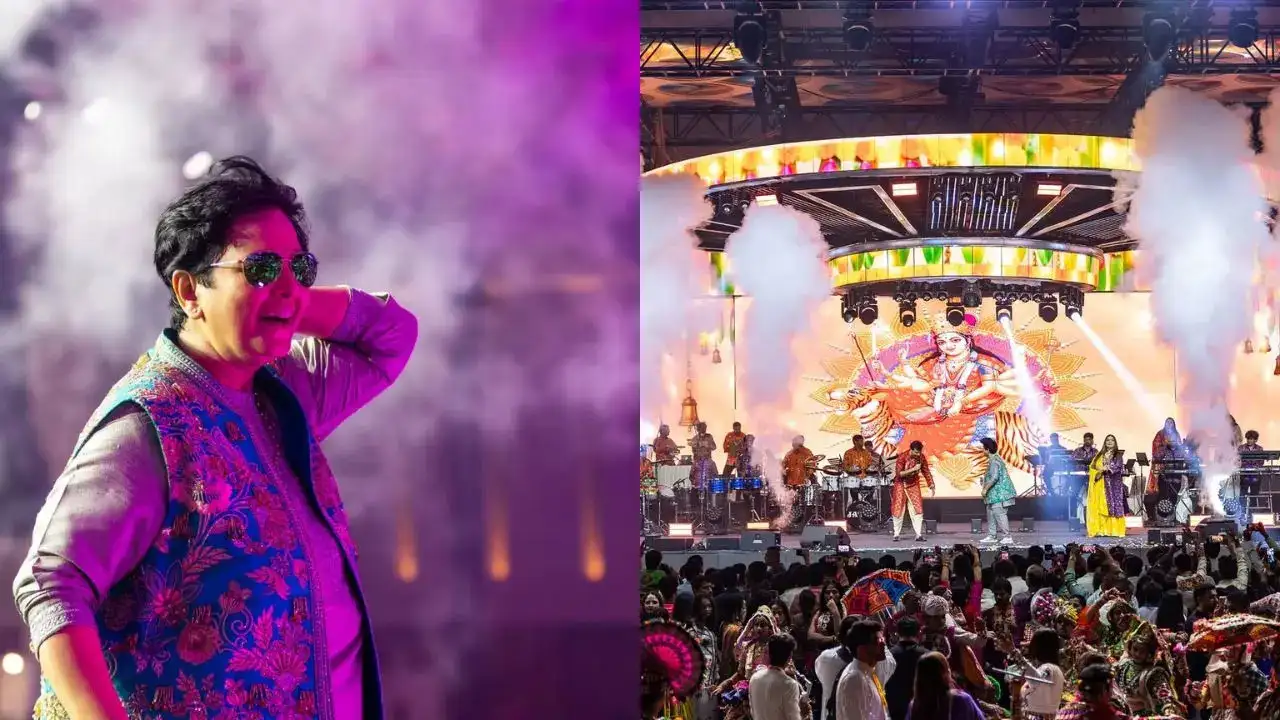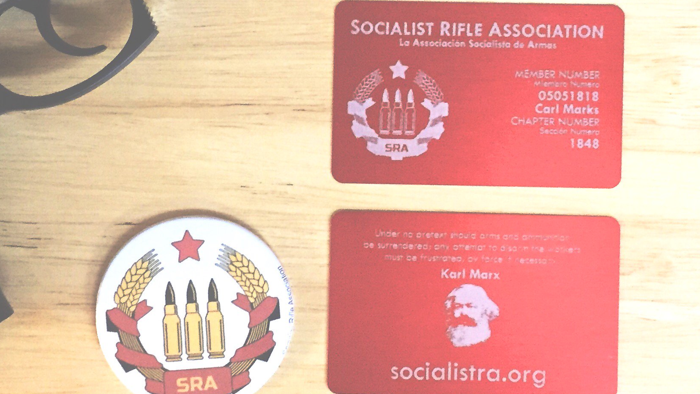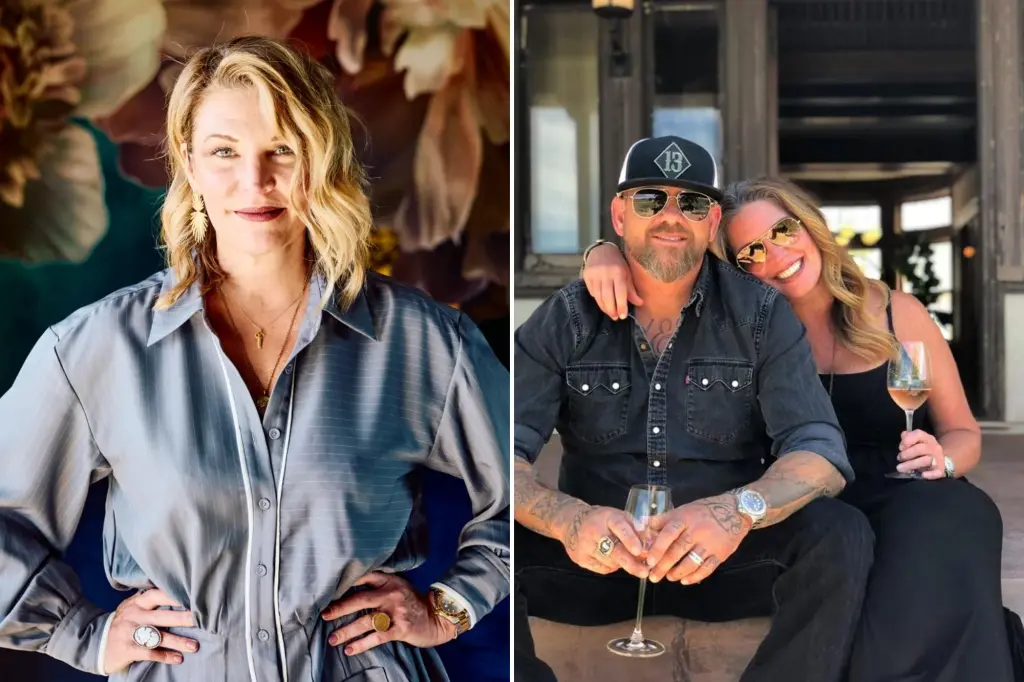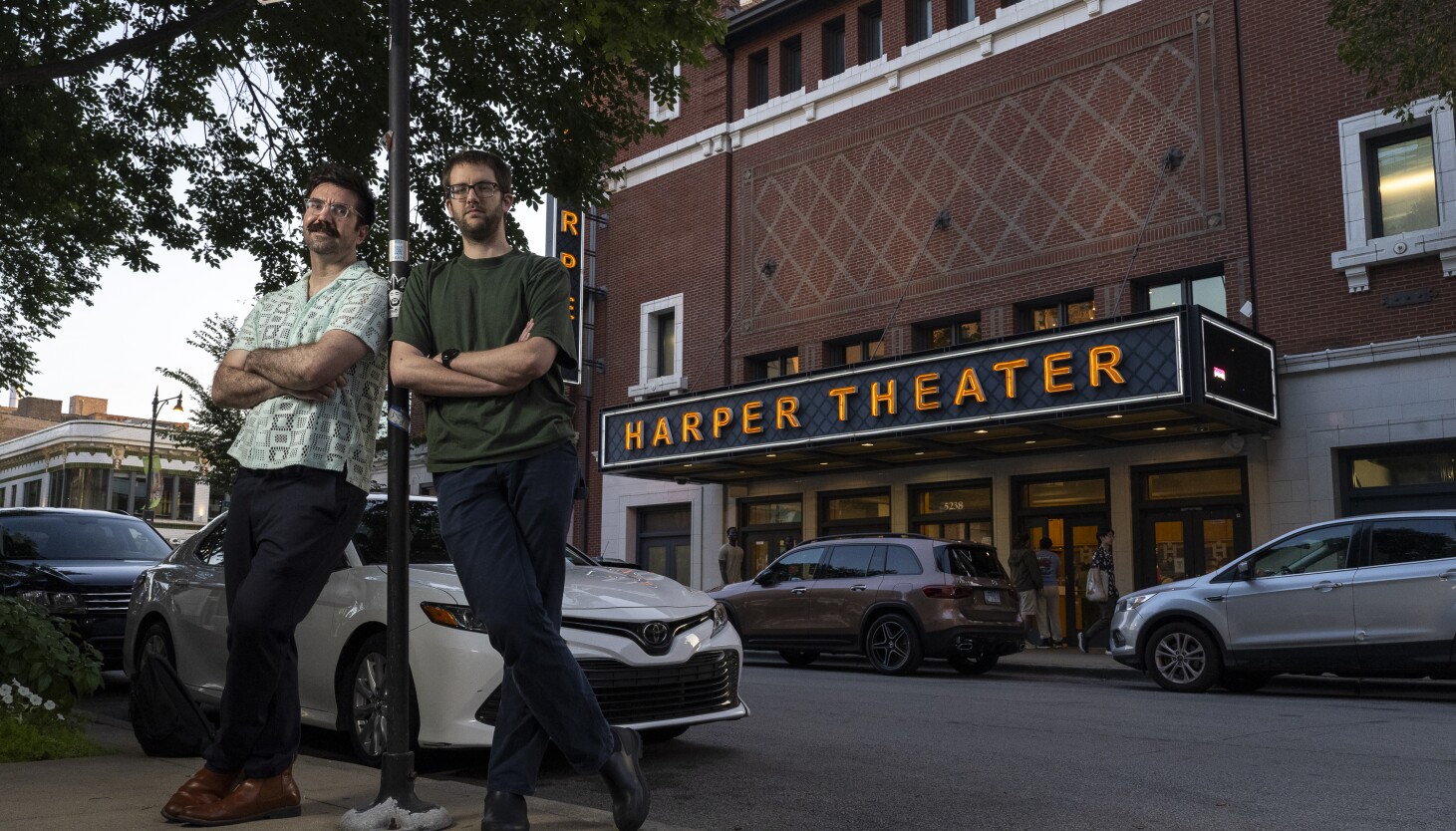From Earning ₹25 For Shows To Making Thousands Dance: The Story Of Falguni Pathak, India’s Undisputed Dandiya Queen
By Mallika Bhagat
Copyright timesnownews

When she was 9 years old, a young girl got an opportunity to perform at a local event. The joy of performing on stage was electric. But when her father found out about it, he was livid. He punished her, telling her how singing and performing in public were not the domains of young girls. She took that punishment but never let it break her spirit. That resilience made Falguni Pathak what she is today: India’s Queen Of Dandiya. A Gujarati Girl With A Song In Her HeartMaine Payal Hai Chhankai, Yaad Piya Ki Aane Lagi, and Meri Chunar Udd Udd Jaye. I remember playing these songs on loop, every single day, right after school. Falguni Pathak’s voice, her onscreen charm, dimpled smile, and groovy music were too hard to ignore. From ruling the Indiepop scene of the 90s and early 2000s, Pathak continues to be relevant and inspirational, even without the support of playback singing accolades. Born on 12 March 1969, Falguni grew up in a conservative Gujarati family as the youngest of five daughters. Music wasn’t encouraged, but she couldn’t resist it. She learned melodies from the radio and folk songs, developing a natural talent that would soon take her far beyond the confines of her house. Performing publicly as a girl in the 1970s and 80s wasn’t easy, not to mention the resistance she faced from her family and society. But she persisted, singing at community events and small dandiya gatherings, charging as little as ₹25 for each show. Starting her career in 1987, by the mid-1990s, she had formed her own band, Ta Thaiya, carving out a space in a male-dominated music scene. Of Songs That Became Navratri AnthemsHer big moment came in the late 1990s. Albums like Yaad Piya Ki Aane Lagi and hits like Maine Payal Hai Chhankai turned her into a pop-folk sensation. Her music, which combined traditional Gujarati rhythms with catchy melodies and lyrics, soon became anthems for festivals and celebrations. Although she had opportunities in Bollywood, Falguni preferred live shows. The energy of performing in front of thousands during Navratri kept her connected to her audience in a way no studio recording could. Her performances, full of life and energy, turned her into the undisputed queen of the festival. Becoming A Queer IconWhile it was probably never her intention, Pathak has also become a popular queer icon over the last few years. Her signature look and androgynous style, marked by short hair and baggy outfits (and no makeup), in addition to subtle references to queer love in her songs that listeners have decoded over many Reddit threads, have added to her legacy as a musician who, in her own way, spoke about queer experiences. For example, in Agents of Ishq, an Indian website on sexuality, love, and desire, writer Sonal Giani gave words to this sentiment in her essay “Every Navratri Falguni Made Me Feel That Queer Is Ekdum Cool”: “Falguni’s songs embodied same-sex attractions, bonds, and relationships without explicitly stating them, alongside heterosexual ones, and the echoes resonated in my consciousness. Through their shape, these stories helped my feelings find a place. The videos made tomboyishness normal without disempowering feminine women. Femme, tomboy, butch — anyone could be queer in whatever combo — there was no need to define, no need, even, to ‘choose a side’.” Falguni Pathak: Reigning Even TodayFalguni Pathak’s songs have crossed generations. People who danced to her music in the 1990s still do, while young fans today discover her songs online. She has remained true to her roots, celebrating Gujarati culture while creating music that everyone can enjoy. Even though I’ve never seen Falguni Pathak perform live, I can imagine how it would feel to hear that very familiar voice taking me back to my childhood. Watching her perform would be like stepping into those evenings all over again. And that is what makes her India’s Dandiya Queen.



